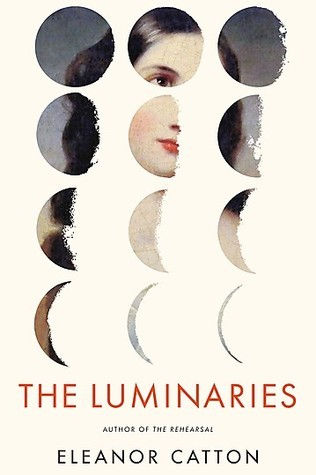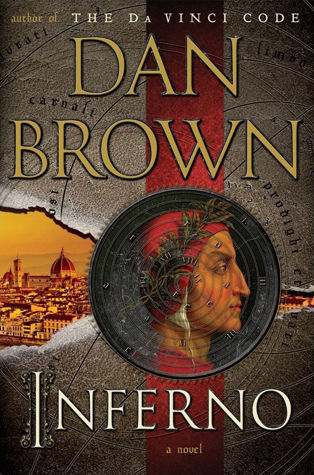Time Stops at Shamli - Ruskin Bond
- majumdarshreyasi
- Jul 1
- 4 min read
5/5 stars

This was my first brush with Ruskin Bond's works, although since I was a child, I've been hearing about him and his stories about the towns and hill stations at the Himalayan foothills. I've always wanted to read his works but somehow it got put off till recently, when I picked up an old copy of 'Time stops at Shamli and other stories' on my bookshelf. It was worth it.
A slim 180-page read, the book features 21 little tales - delightful, simple stories of the loves and lives of people in India's small rustic villages and towns. I wasn't particularly taken with the first story, The Funeral, but the second story - The Room of Many Colours immediately caught my attention and catapulted me into the book with much of the gusto that the first story had cost me. Some of the stories are written in the first person, others in the third, but they are evidently mostly all autobiographical, heavily drawing from Bond's own experiences as a writer, traveller, observer of human stories, and lover of the natural world. His long time love affair with India is well known and it shines bright in this little collection. The title story came in third, but it almost felt like opening with it might have been a better choice. At 32 pages, it's the longest story in the book, with several others short enough to be called flash fiction. Beautifully rendered, the title story is narrated by the author and describes his short stop at the quaint and sleepy town of Shamli where trees and meadows abound, and people are scarce. It reflected themes of societal norms that drive wedges between some people bringing others together, the choices we make, and the innocence and sweetness of childhood. Of the stories that followed, it would be hard to pick a favourite - some were endowed with beauty of spirit, youth, natural spendour, devotion, longing for home and hiraeth, others full of unabashed humour, and other still replete with ghosts and the supernatural. But the one common thread is they all had heart. And LOTS of it.
Of course, if I had to pick a favourite, it would unequivocally be the last story in the book - Tiger Tiger, burning bright.
"The king of our forest is dead," said Shyam. "There are no more tigers."
"There must be tigers," said Ramu. "How can there be an India without tigers?"
The story revolves around a forested area lined by a nomadic human settlement called the Gujars who raise buffaloes for milk and butter. The forest has been heavily cleared and exploited a few years ago to settle refugees and ever since, most of the resident animals have fled, the most significant loss being that of the erstwhile tiger population. Now only one lone tiger roams the forest, devoid of his mate and increasingly scarce prey. The story is about this one tiger and the Gujars - it is one of majesty, awe and fear when co-habiting wild spaces with wild animals, it is deeply telling of man-animal conflicts, which have only grown in frequency and magnitude since Ruskin Bond travelled and wrote about the people, forests, and animals of India. The story has dramatic turns and for a few pages I held my breath, but at the risk of inadvertently posting a spoiler, I can only say that the end was a wholesome one.
For some time now, I have had a kind of existential crisis, wondering debating, questioning - what is the role of art in society? How does it help humankind improve, become better at being human? Does it serve a larger purpose or is it merely entertainment? Does it add anything at all to what we call being human? I finally found my answer after reading Tiger Tiger Burning Bright. Because once I read it, I immediately began reading about the tiger populations of India, the conservation history, the challenges, the positive outcomes, and so on. I was motivated to educate myself about something that I feel so deeply for and yet had not been able to take a moment to find out more about. It animated me, made me think. That is the true power of art - in any form. Art brings joy, brings calm and peace, jogs the grey cells, entertains, and not the least, it has a kinetic power to bring about change. In my mind that is its greatest power - the ability to birth hope in a world where hope is drawn and quartered every moment, sunk to unretrievable depths or crushed to dust. Art is undeniably important therefore. Vital even. There is no question of futility, only beauty and value, even when art is done solely for the purpose of art itself.
If you're looking for a simple, beautiful rendition of the stories of the people, animals and wild places of beloved India, then just pick up a copy of this book, or from what I've read of him, any of Ruskin Bond's other works. He's a fabulous writer who wrote honestly, from a place of deep love for India and her varied colours. I certainly recommend this book, even as I now look forward to reading his other works.



Comments